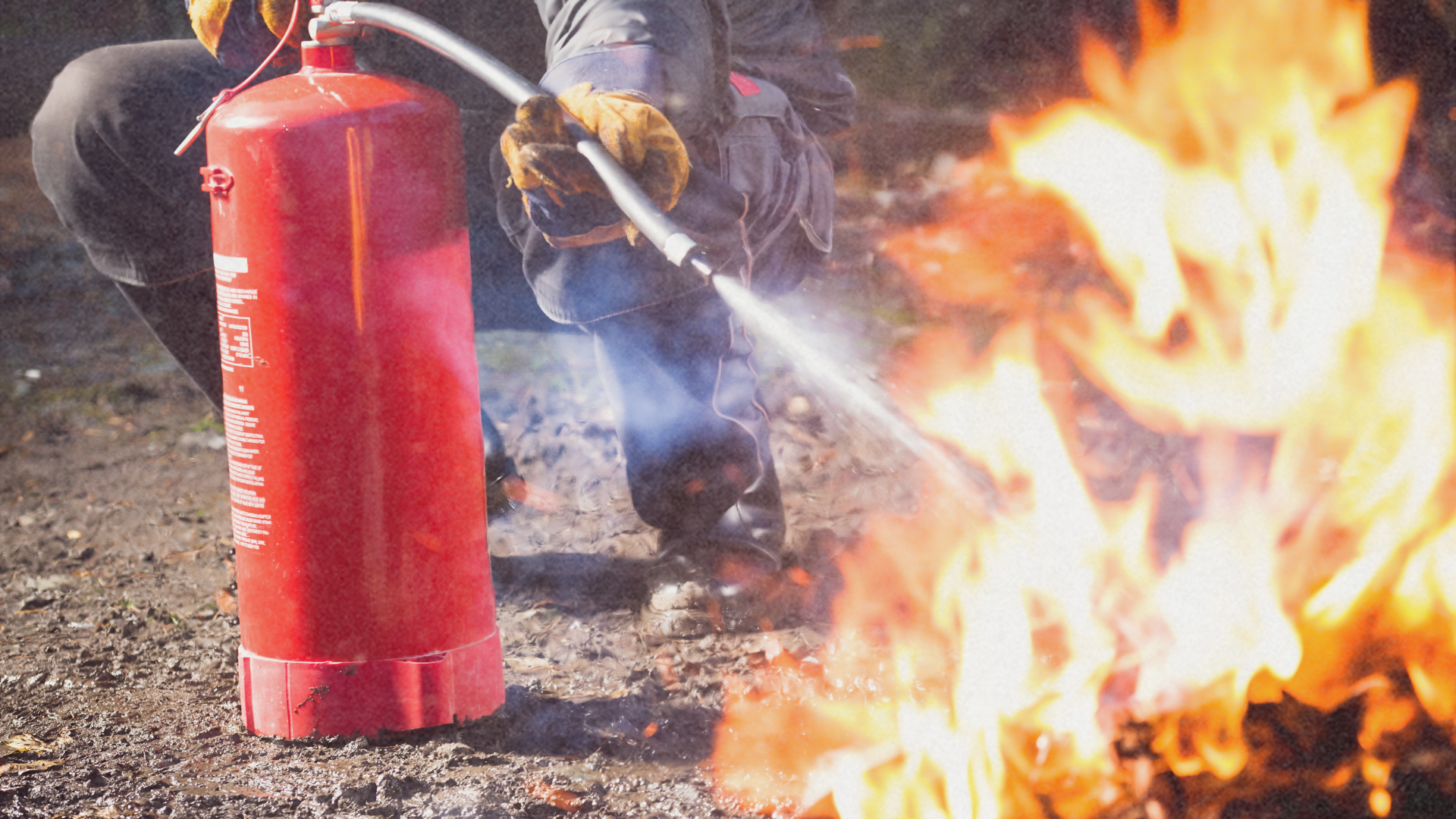The Philippine and Australian governments launched Greater Metro Manila risk maps on Thursday, Oct. 17, to help local government units in Metro Manila prepare for disasters.
“The local government units and local chief executives must know the hazards and risks in their respective communities. Records have shown and past experiences have proven – from Ondoy, Pepeng, Habagat, Maring, and the 7.2 magnitude earthquake in Bohol last Tuesday – that disaster can strike anywhere. Measures must be taken to reduce vulnerabilities and to minimize threats,” National Disaster Risk Reduction and Management Council Executive Director Eduardo del Rosario said.
The risk maps were a result of three-year study by both governments. An average of 87 maps for each of the 24 local government units in Greater Metro Manila were handed over at Crowne Plaza in Ortigas.
Unlike previous hazard maps that only show where natural hazards, such as earthquake and tropical cyclones may occur, these maps took into consideration other details such as the population, existing infrastructure, and other characteristics, thus, are able to show an assessment of the potential damages to life and property, or in other words, “disaster risk.” It also shows increasing risks for various earthquake, severe winds, and flood scenarios.
For instance, part of the study said that 37,054 persons may die in Greater Metro Manila in a 7.2 magnitude earthquake scenario along the West Valley Fault. It would also cost P2.4 trillion in building damages, and would affect 1,100 hectares of floor area.
The West Valley Fault traverses through the Sierra Madre to Carmona in Cavite. In Greater Metro Manila Area, it runs through Quezon City, Bulacan, Rizal; the eastern part of Metro Manila which includes Pasig, Taguig, Muntinlupa; San Pedro, and Sta. Rosa in Laguna.
Apart from the maps, the proponents of the project also highlighted the need for cooperation and collective action to reduce the vulnerability and enhance the resilience of urban communities.
“We may not be able to prevent disasters, but we can empower ourselves and our communities to reduce casualties and damages to properties and economic resources,” del Rosario said.
“All members of the community, from the government to the residents, thus have the responsibility to take part in disaster risk reduction. We must all be proactive in helping reduce the risk of our community,” he also said.
Australian Ambassador to the Philippines Bill Tweddell said he was “pleased to have worked closely” with the Philippines in producing these maps that would help Filipinos prepare for such scenarios.
“Natural hazards do not have to lead to disasters especially if we are able to carefully assess the risk of an area and properly plan for the long term,” he said.
The three-year collaboration worth AUD5.5M was between the Australian Government aid program with the technical support from Geoscience Australia, and led by the government agencies under the Collective Strengthening of Community Awareness on Natural Disaster — composed of the Office of Civil Defense, Mines and Geosciences Bureau, Philippine Atmospheric Geophysical and Astronomical Services Administration, Phivolcs, and National Mapping and Resource Information Authority.
Also present at the launch were Department of National Defense Undersecretary Eduardo Batac, Metropolitan Manila Development Authority chairman Francis Tolentino, Metro Manila local chief executives and members of the participating agencies in the study.
The comprehensive risk assessment maps could also be viewed online at www.geoportal.gov.ph





